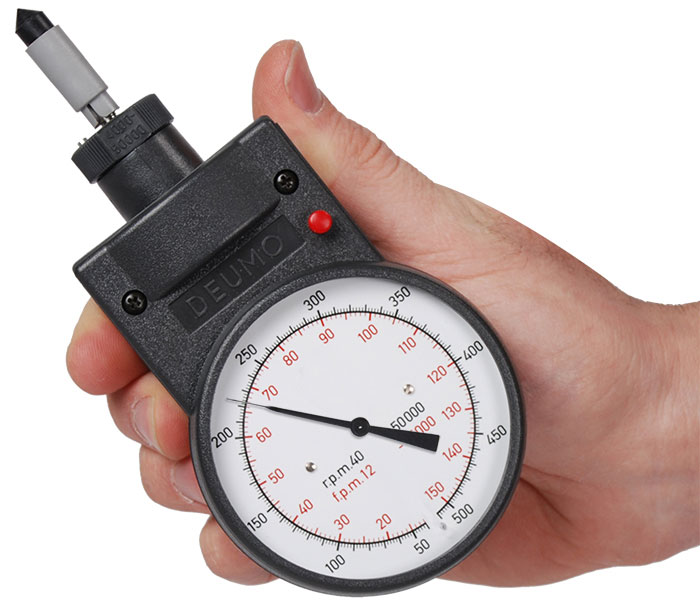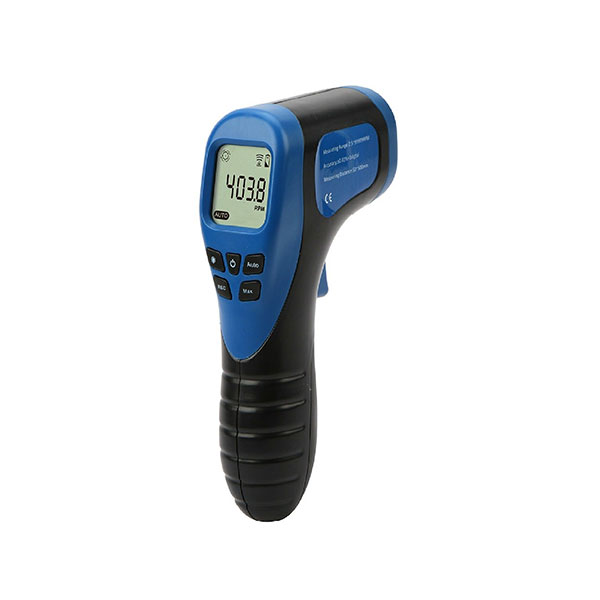The Relevance of a Tachometer in Keeping Track Of Engine Rate and Efficiency in Automotive Applications
In the world of automotive engineering, the tachometer stands as an essential tool in the vehicle driver's arsenal, offering a straight window into the inner workings of an automobile's engine. Past its feature as a plain gauge of transformations per minute (RPM), the tachometer serves as a vital device for fanatics and specialists alike, providing real-time understandings into engine efficiency and health and wellness.
Importance of Monitoring Engine RPM
Keeping track of engine RPM, or changes per min, is an essential facet of automobile upkeep and efficiency evaluation. Engine RPM straight correlates with the rate at which the engine's crankshaft turns, indicating how quickly the engine is running.
In addition, keeping an eye on engine RPM is important for efficiency analysis in racing and high-performance vehicles. Preserving optimum RPM levels is crucial for accomplishing peak power outcome and acceleration. Racers commonly use tachometers to guarantee they are operating within the optimal RPM range for maximum efficiency. In summary, monitoring engine RPM is not only important for finding concerns but also for enhancing engine efficiency in different auto applications.

Advantages of Real-Time Information
In auto applications, real-time data plays an essential function in offering instantaneous insights into the performance and problem of the vehicle. By continuously keeping track of various specifications such as engine rate, temperature level, gas usage, and a lot more, real-time information uses many benefits that add to improved effectiveness and security when traveling.
One considerable advantage of real-time data is its capacity to alert drivers and service technicians to any type of anomalies or issues promptly. This aggressive strategy makes it possible for quick identification of potential troubles, permitting for prompt interventions to stop further damage or break downs. Additionally, real-time information assists in performance optimization by providing instant feedback on driving habits and engine performance. Motorists can adjust their actions in real-time based on this information to accomplish better gas economic climate and prolong the life-span of their car.

In addition, real-time data plays a vital role in contemporary vehicle diagnostics, enabling professionals to rapidly diagnose and deal with breakdowns. This causes lowered downtime, lower maintenance prices, Our site and ultimately, enhanced total vehicle reliability and long life (tachometer). By using the power of real-time data, automotive stakeholders can make enlightened decisions that positively impact both the efficiency and long life of the car
Influence on Gear Shifts
The tachometer plays a crucial duty in maximizing equipment changes by giving real-time engine rate information to the driver. When coming close to the redline on the tachometer, find this it indicates the chauffeur to upshift to stop over-revving the engine and creating potential damages.
In addition, the tachometer help in achieving smoother equipment shifts, especially in hands-on transmissions. By keeping track of engine speed, vehicle drivers can execute equipment changes at the optimum RPM variety, reducing jerking movements and decreasing endure the transmission parts. This precision in equipment adjustments not just improves driving convenience yet additionally adds to sustain efficiency.
Enhancing Gas Efficiency
Provided the essential role the tachometer plays in enhancing gear changes for performance and engine health and wellness, it directly contributes to taking full advantage of fuel effectiveness in automotive applications. By giving real-time comments on engine rate, the tachometer helps drivers in keeping the most efficient RPM array for gas economic climate. When chauffeurs regularly check the tachometer and readjust their motoring habits accordingly, they can avoid unneeded gas consumption triggered by over-revving or hauling the engine.
In addition, the tachometer assists drivers identify the most fuel-efficient gear to be in at any kind of provided minute, protecting against the engine from functioning more difficult than required. This is particularly crucial during velocity and cruising, where remaining in the right equipment can significantly impact fuel performance. Furthermore, the tachometer can inform chauffeurs to possible mechanical issues that might be adversely affecting fuel economic situation, such as a slipping clutch or a stopped up air filter. Finally, the tachometer acts as a useful tool in enhancing fuel effectiveness by promoting ideal driving click to investigate habits and recognizing locations for enhancement in the lorry's efficiency.

Maximizing Engine Long Life
The tachometer's function in checking engine speed and performance is important in guaranteeing the long life of vehicle engines. Monitoring the tachometer allows motorists to remain within the suggested RPM array for their lorry, stopping unneeded stress on the engine and prolonging its life-span.

Final Thought
Finally, the tachometer plays an essential function in checking engine rate and efficiency in auto applications. By offering real-time information on RPM, it enables efficient equipment shifts, enhanced fuel efficiency, and made best use of engine longevity. This tool is necessary for maintaining optimal engine efficiency and ensuring the total performance of a car.